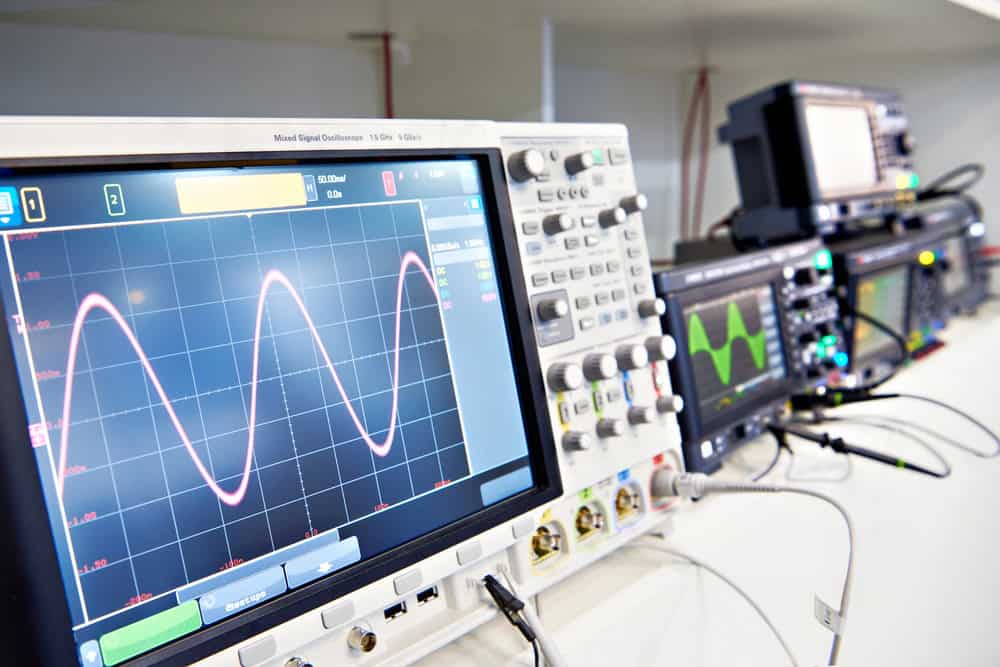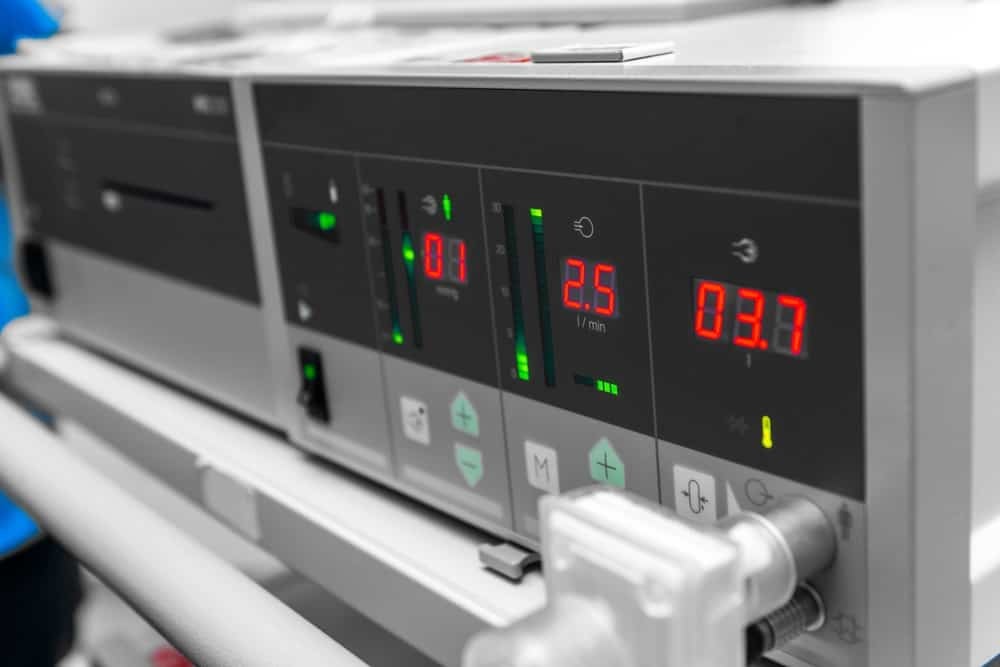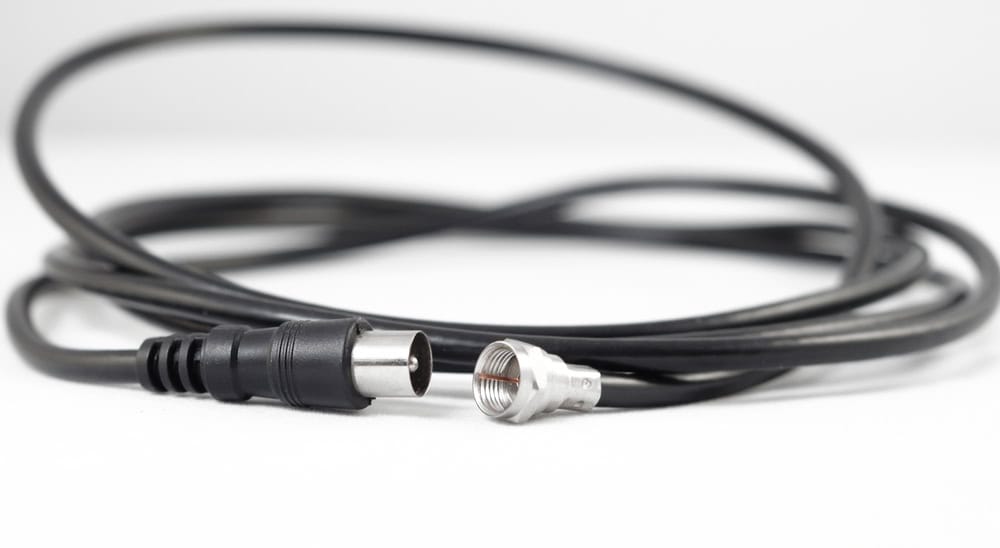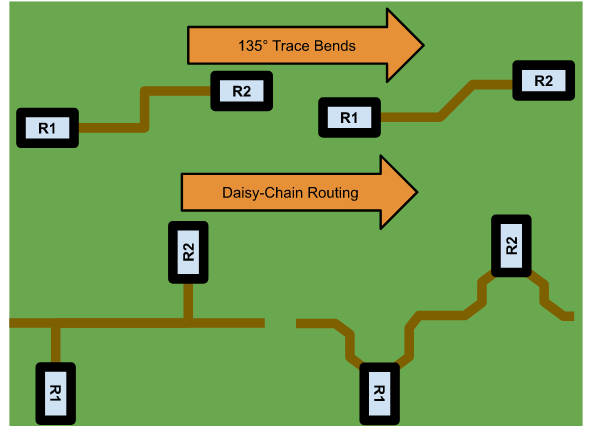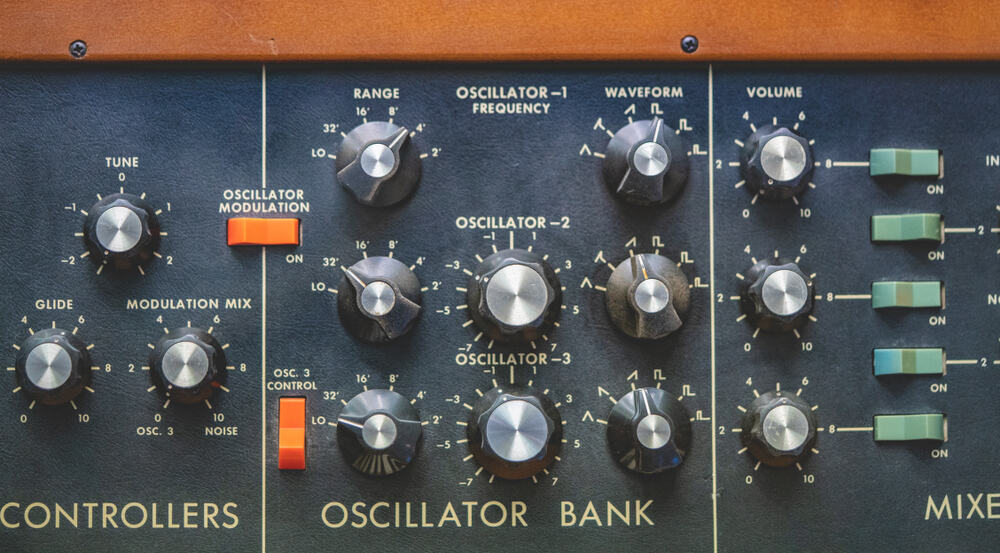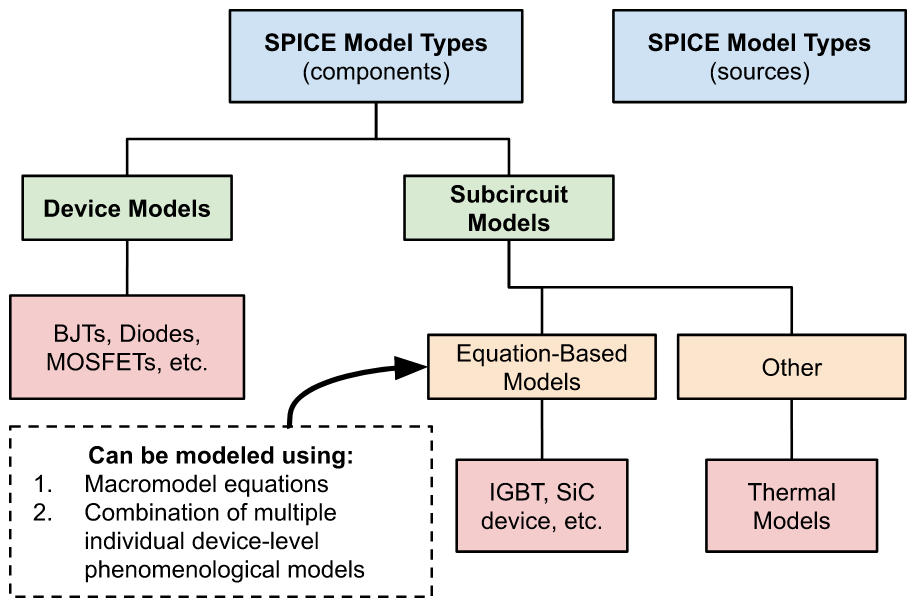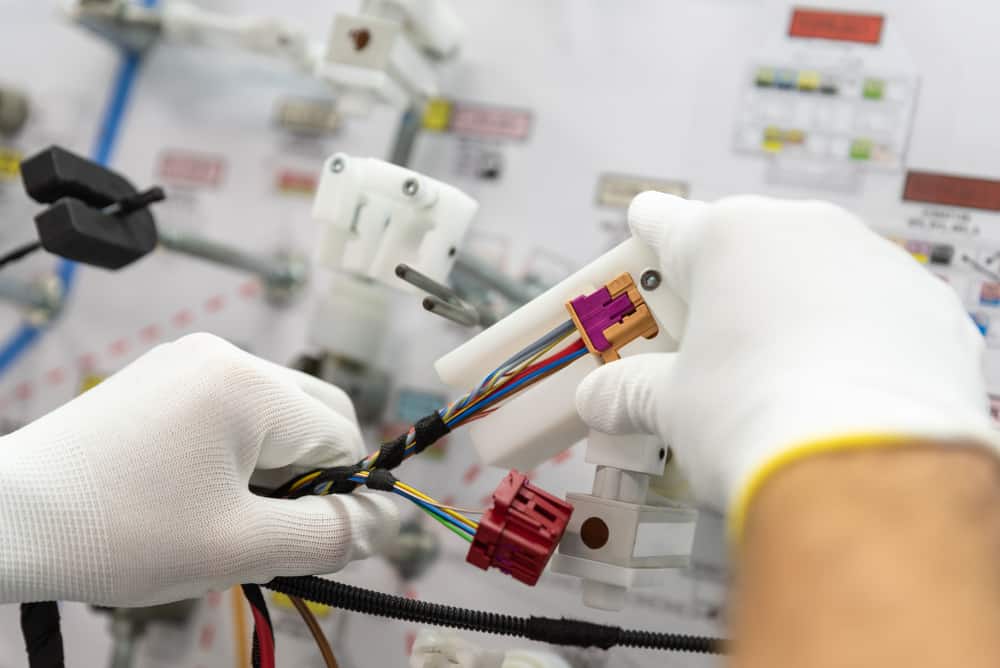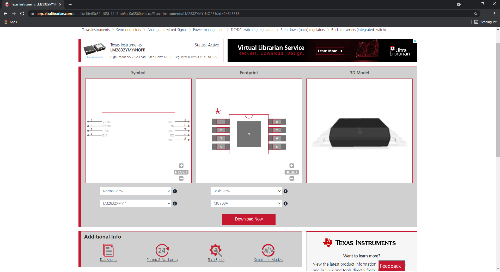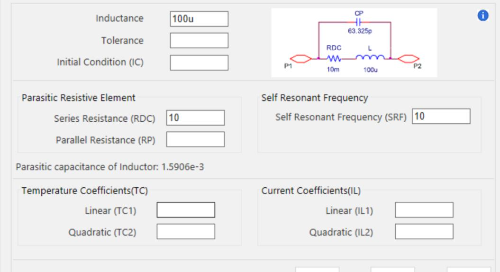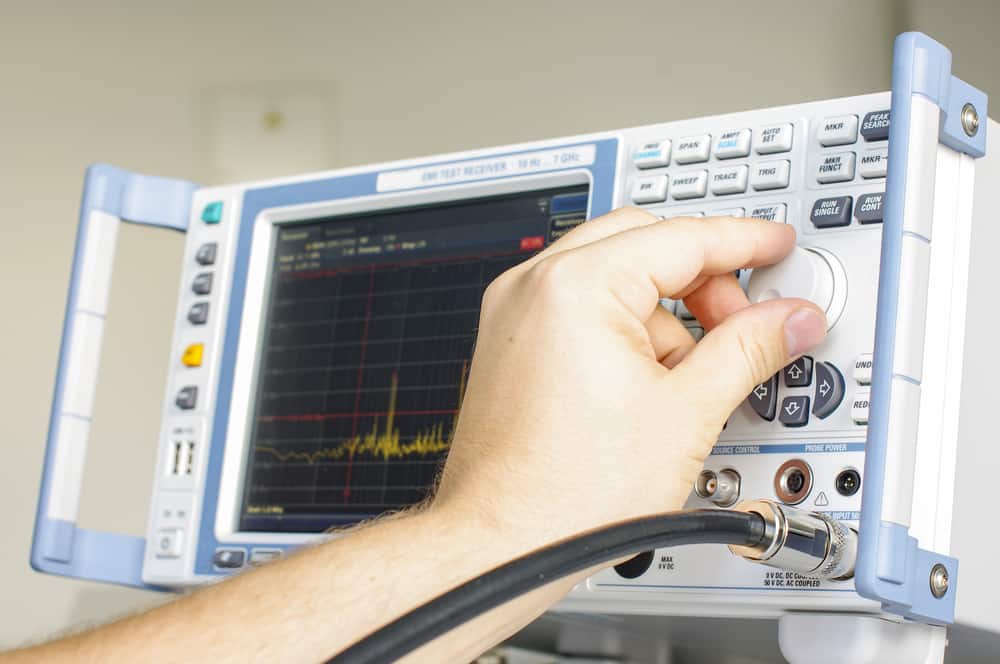
Testing is an essential part of building electronic products. In fact, testing is the proving ground where the ability of the design to achieve its operational and performance objectives is validated, or rejected. Typically, this electrical parametric testing is performed after the board spin. And, it is not uncommon to rely on contract manufacturers (CMs) to perform at least some requested in-circuit testing after assembly.
Although this experimental verification is required, its extent is a controllable variable. Having to use laboratory testing to determine the root cause of poor signal quality or excessive EMI issues can be timely and costly. This waste of valuable resources can be avoided by performing sufficient testing with the best RF simulation software during design.
RF Simulation Software Tools
Testing or experimentation is the fulcrum of the scientific method and the basis of functional and operational validation for electronic products. Physical testing can be expensive; however, and repetitious failures are not economically viable for most devices and systems. Therefore, it is imperative to employ simulation prior to manufacturing, especially when designing high performance and/or complex RF and microwave PCB circuit development.
PCB design programs may include some RF simulation functionality to help with EMI/EMC analyses. Yet, the capabilities are typically not sufficient to perform the thorough and comprehensive RF analyses required for the communication systems that we rely on for critical operations. However, dedicated RF simulation software tools, as listed below, are available.
RF SIMULATION SOFTWARE TOOLS | |
Software Program | Typical Applications |
Antenna and antenna network creation, amplifiers, filters, EMI/EMC, MMIC and IC design | |
IC modeling, 5G/6G communication systems | |
Antenna and antenna arrays, EMI/EMC, autonomous systems | |
Low-temperature co-fired ceramic (LTCC) structures, Monolithic Microwave Integrated Circuits (MMICs) | |
Radiated emissions, SAR analysis, and interference mitigation | |
The tools above provide capabilities and specificity that exceed what is available in programs developed primarily to target schematic and PCB layout tasks. RF simulation EDA support tool characteristics, functionality and capabilities vary. Therefore, care must be taken to ensure that essential attributes are included.
Essential RF Simulation Software Attributes
THE BEST RF SIMULATION SOFTWARE ATTRIBUTES | |
Attribute | Description |
Full RF Spectrum SI Analysis | The ability to simulate and analyze signals that exist adjacent to the high-frequency RF spectrum (0+ Hz to approximately 3 GHz). |
In-Design Analysis Capability | The dynamic simulation of and evaluation of component and board parameters throughout the design process. |
3D Electromagnetic Analysis | Comprehensive view and analysis of electromagnetic radiation on and near the PCB. |
Expansive Modeling | Accurately modeling the elements of your RF design is crucial to obtain a realistic simulation. |
Comprehensive System Analysis | For a complete analysis of your RF design, both the full system and detailed building blocks must be simulated. |
Software Integration and Scalability | Depending on your RF design needs, integration to other tools such as PCB design software and thermal analysis may be required. |
The attributes listed above are meant to enhance or extend the effectiveness of standard 2D SI time and frequency domain modeling and simulation. These capabilities not only serve to verify that your design will achieve its performance goals, but also improve RF design development. Effective utilization of these advancements can help you optimize your process from schematic capture to manufacturing.
Using RF Simulation to Optimize Development
The electronics industry is a fast-paced and dynamic environment. Competing successfully in this environment, necessitates that you seek to optimize the PCBA development process. This includes prioritizing design for manufacturing and assembly and striving for right-first-time (RFT) board builds. Ensuring your RF simulation software includes advanced capabilities is essential to realizing these objectives.
Why the Best RF Simulation Attributes Are Essential
- Full RF Spectrum Analysis
Many RF simulation tools target the typical high frequency RF range of up to a few gigahertz. The best tools provide you with the flexibility to design and analyze a range of signals. This includes DC signals to greater than 40 GHz, within which many electronic components and devices operate.
- Expansive Modeling
RF simulation requires accurate modeling of RF elements. Your RF simulation software should contain expansive models, both vendor specific and generic, to obtain a realistic representation of your RF design.
- In-Design Analysis Capability
It is atypical to perform post-design RF simulation, followed by redesign that may include rerouting traces, changing element placements or even choosing alternative components. This paradigm can be redundant and tedious. In-design analysis allows you to model and simulate prior to final design, which helps you to identify and make needed changes quicker and save valuable development time.
- 3D Electromagnetic Analysis
To be adequately appreciated and compensated for, EM effects must be viewable from all perspectives. Therefore, 3D modeling and analysis is essential to accurately determine and avoid excessive EMI/EMC.
- Comprehensive System Analysis
RF simulation should be performed on individual components as well as the complete system. The best RF simulation software solution seamlessly integrates the detailed analysis performed at the building block level into a full system analysis.
- Software Integration and Scalability
The variety of products which contain RF elements are vast, ranging from Bluetooth applications to military-grade devices. The best RF simulation software must integrate with additional capabilities to support your RF design needs. This can be through integration with power and thermal analysis or seamless integration with your PCB software design tools.
The best RF simulation software for your project should include pertinent attributes from the above list to aid you in optimizing your development process. Additionally, your RF simulation solution should be highly scalable: allowing for more complex designs and incorporating new standards to meet your project needs as they change. Whether your primary focus is on designing complex communications networks or ensuring EMC compliance, you need a software tool that unifies the best RF simulation attributes. You should look to an industry leader in providing targeted and/or customized PCBA design solutions.
EMA Design Automation is a leading provider of the resources that engineers rely on to accelerate innovation. We provide solutions that include PCB design and analysis packages, custom integration software, engineering expertise, and a comprehensive academy of learning and training materials, which enable you to create more efficiently. For more information on choosing the best RF simulation software for your project and how we can help you or your team innovate faster, contact us.
